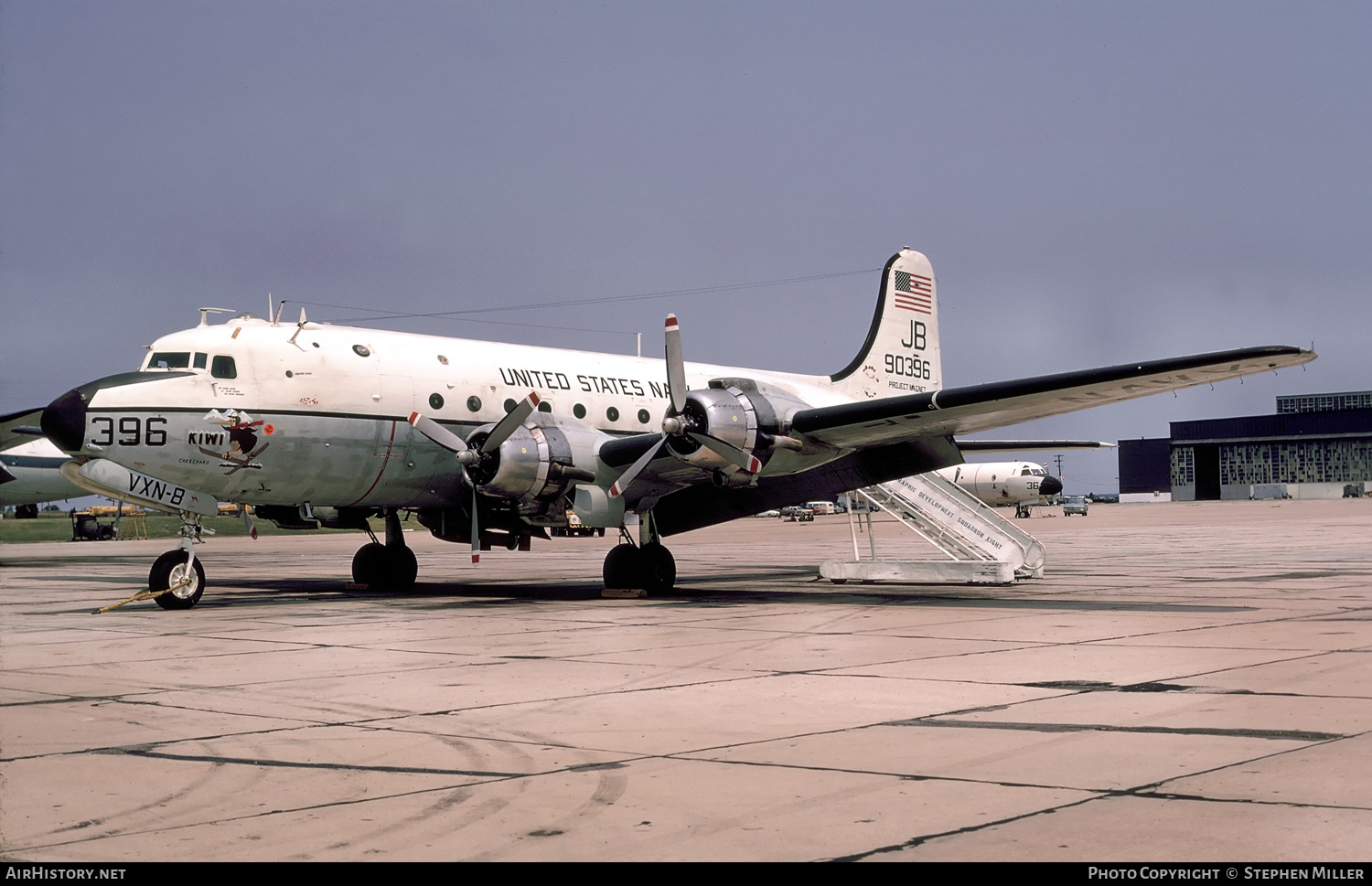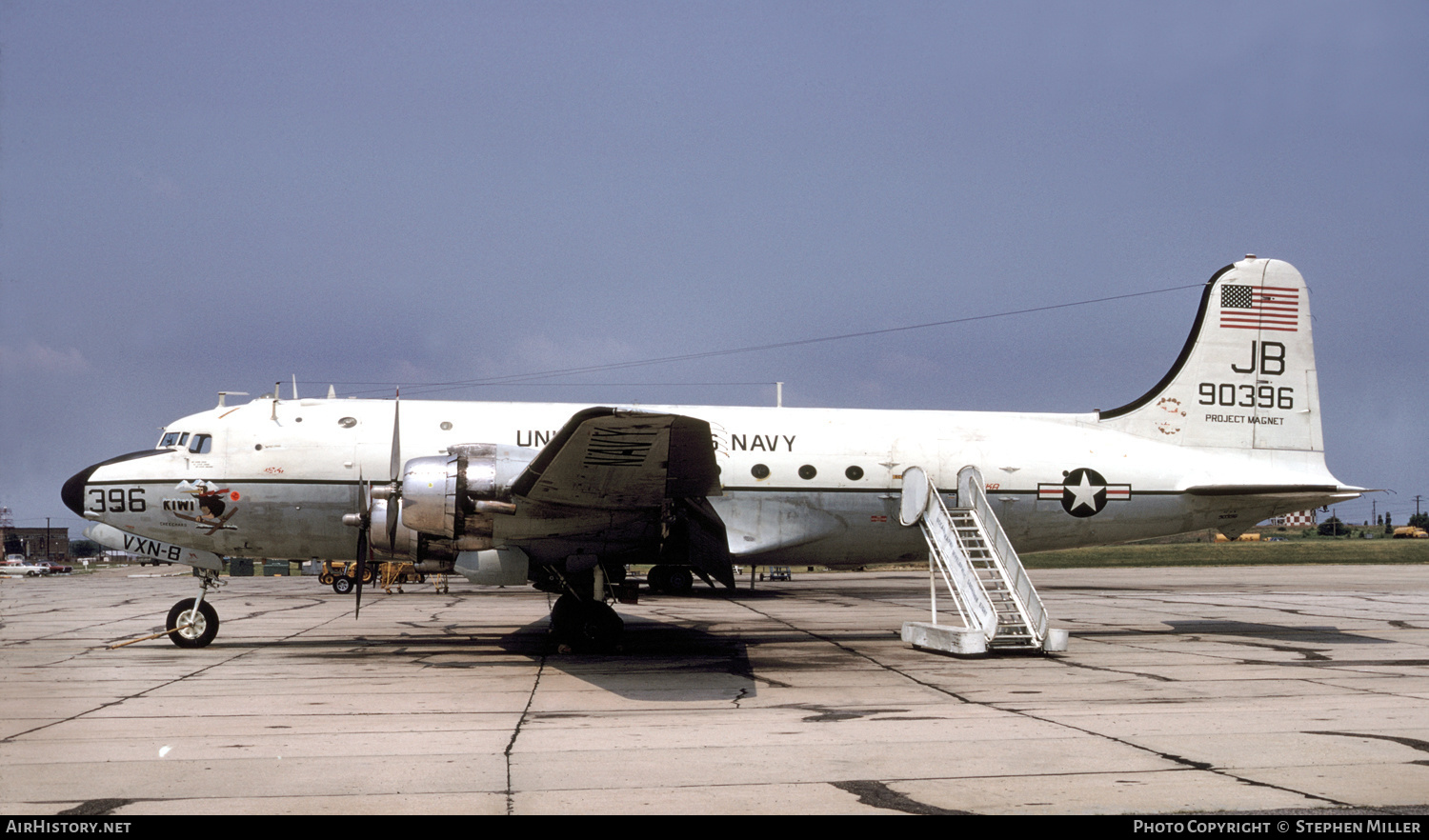Post by Dave Homewood on May 5, 2022 22:42:06 GMT 12
Flying Observatory To Locate Magnetic Pole
To ascertain more precisely the location of the South Magnetic Pole as an aid to navigation will be one of a number of tasks undertaken by a Skymaster of "Project Magnet,” which arrived at the Royal New Zealand Air Force station, Wigram, yesterday. In a few days, the aircraft will fly to McMurdo Sound, and spend about a fortnight there continuing its mission—an airborne geomagnetic survey of the world’s major ocean areas and remoter land masses.
The Skymaster is probably one of the most unusual aircraft ever built. To avoid any possible interference with the readings of its tens of thousands of dollars’ worth of instruments, it was completely reconstructed.
Wherever possible, ordinary steel has been replaced with non-magnetic stainless steel, brass, or aluminium. The magnetic fields set up by the electrical circuits are neutralised by special wiring.
The instruments are mounted in gimbals to keep them level as the aircraft tilts or bucks. The main piece of equipment is a magnetometer which measures the intensity and direction of the earth’s lines of magnetic force, providing information for the plotting of all the elements of the magnetic field.
The data obtained by “Project Magnet” will be incorporated in charts prepared by the United States Navy Hydrographic Office. These charts are used for military purposes, and by all the major air and shipping companies. Astro-navigation—steering by the stars—is used by the crew as far as possible for greater accuracy.
The aircraft commander is Lieutenant E. F. Irwin. U.S.N., and with his nine man crew are three civilian geophysicists and geomagnetists.
As the earth’s magnetic field is continually changing—there are both short-term and long-term fluctuations —"Project Magnet” could continue almost indefinitely. On its present mission, the Skymaster is beginning where the wooden ship Carnegie left off after being destroyed by fire in Samoa in 1939—10 years after its survey began.
After leaving the Antarctic, the Skymaster will fly north again, into the tropics, and thence back to the United States, by way of Townsville (Queensland), Guam, the Philippines. Okinawa, Japan, Adak, Kodiak (Alaska), Seattle, Minneapolis, and Washington. D.C., to its base at Norfolk. Virginia. The Skymaster is a unit of the Fleet Service Squadron 102.
PRESS, 24 OCTOBER 1956
To ascertain more precisely the location of the South Magnetic Pole as an aid to navigation will be one of a number of tasks undertaken by a Skymaster of "Project Magnet,” which arrived at the Royal New Zealand Air Force station, Wigram, yesterday. In a few days, the aircraft will fly to McMurdo Sound, and spend about a fortnight there continuing its mission—an airborne geomagnetic survey of the world’s major ocean areas and remoter land masses.
The Skymaster is probably one of the most unusual aircraft ever built. To avoid any possible interference with the readings of its tens of thousands of dollars’ worth of instruments, it was completely reconstructed.
Wherever possible, ordinary steel has been replaced with non-magnetic stainless steel, brass, or aluminium. The magnetic fields set up by the electrical circuits are neutralised by special wiring.
The instruments are mounted in gimbals to keep them level as the aircraft tilts or bucks. The main piece of equipment is a magnetometer which measures the intensity and direction of the earth’s lines of magnetic force, providing information for the plotting of all the elements of the magnetic field.
The data obtained by “Project Magnet” will be incorporated in charts prepared by the United States Navy Hydrographic Office. These charts are used for military purposes, and by all the major air and shipping companies. Astro-navigation—steering by the stars—is used by the crew as far as possible for greater accuracy.
The aircraft commander is Lieutenant E. F. Irwin. U.S.N., and with his nine man crew are three civilian geophysicists and geomagnetists.
As the earth’s magnetic field is continually changing—there are both short-term and long-term fluctuations —"Project Magnet” could continue almost indefinitely. On its present mission, the Skymaster is beginning where the wooden ship Carnegie left off after being destroyed by fire in Samoa in 1939—10 years after its survey began.
After leaving the Antarctic, the Skymaster will fly north again, into the tropics, and thence back to the United States, by way of Townsville (Queensland), Guam, the Philippines. Okinawa, Japan, Adak, Kodiak (Alaska), Seattle, Minneapolis, and Washington. D.C., to its base at Norfolk. Virginia. The Skymaster is a unit of the Fleet Service Squadron 102.
PRESS, 24 OCTOBER 1956







